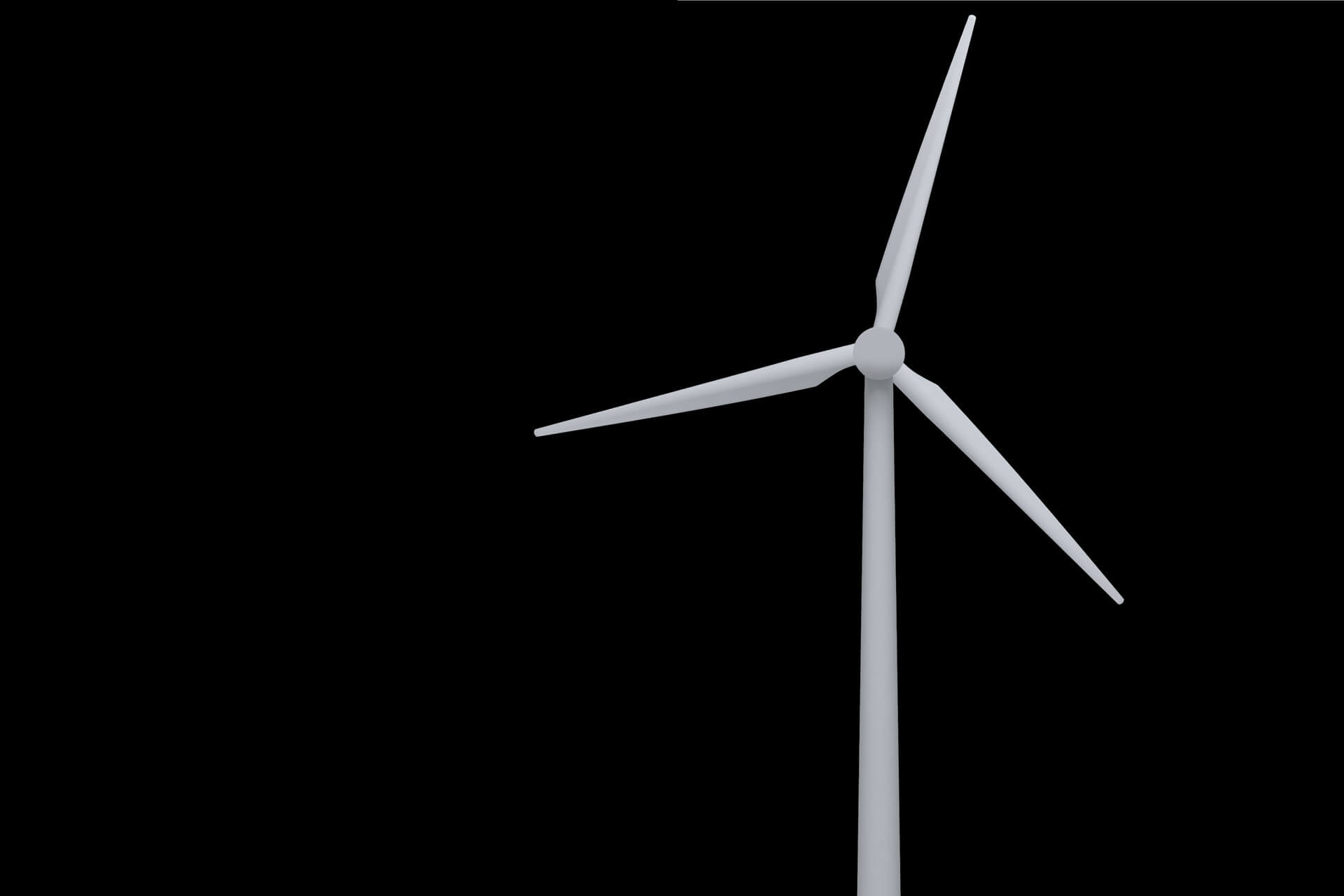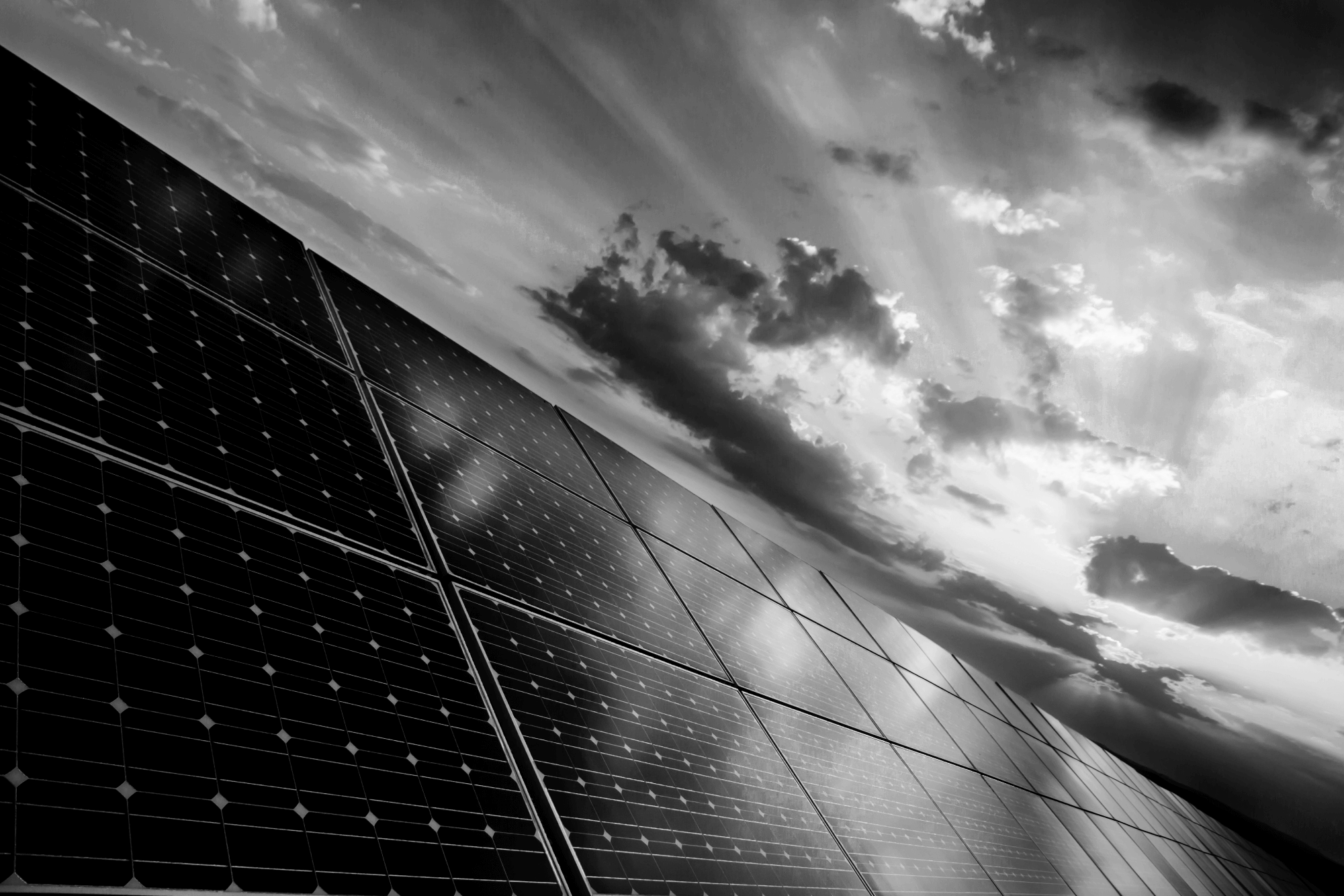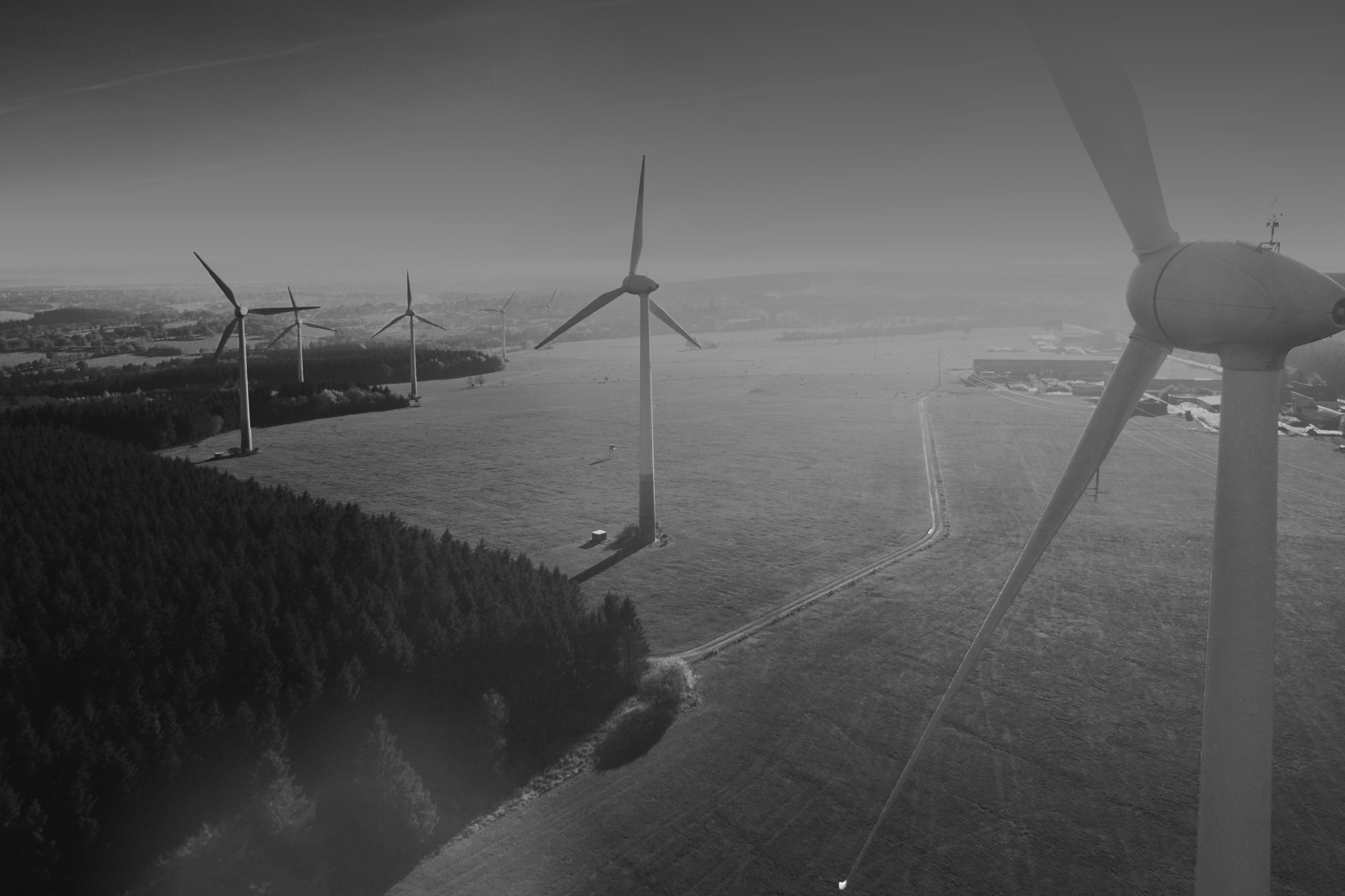Published on 22 October 2021
Renewables - A Resilient Energy Source?
Published on 22 October 2021
In seeking to mitigate the worst effects of climate change, one great challenge for almost every country will be completing a transition towards using renewable sources of energy –wind, solar, water, biomass, or geothermal –instead of fossil fuels.
With COP26 taking place in November and the stated desire of the Biden administration to move at pace to greener energy, the transition will require the swift creation of secure and reliable production and distribution infrastructure for energy derived from renewables like solar and wind. These technologies will need to include battery storage capable of storing energy from these sources to cover gaps in supply, when the wind doesn’t blow, or the sun doesn’t shine. Such capabilities are a key element in making the move to renewables effective and economically viable.
The other issue that needs to be addressed is the sheer scale of the change required for renewables to take hold. Renewables produced just 12% of primary energy consumed in the US during 2020, compared to 35% from petroleum, 34% from natural gas, 10% from coal and 9% from nuclear power, according to the US Energy Information Administration (EIA).The decline in the use of coal, with 95GW of coal-based energy generation closed since 2011 and a further 25GW due to close by 2026, is due primarily to the boom in production of shale gas, which made natural gas energy much more cost-competitive.
But EIA figures for electricity production are more encouraging: renewables generated 21% of the nation’s electricity in 2020, ahead of both nuclear (20%) and coal (19%); and behind only natural gas (40%). Growth in electricity generation from wind increased by 14% during the year, while large scale solar (projects generating more than 1MW) grew by 26%; and small-scale solar by 19%.
The increased use of renewables to generate electricity is, however, creating some risks to the reliability of electricity grids, according to the North American Electric Reliability Corp (NERC). Its 2020 Long Term Reliability Assessment, published in July 2021, suggests risks linked to intermittent supply will affect parts of the continental US covered by the Western Interconnection, Electric Reliability Council of Texas (ERCOT) and the Midcontinent ISO (MISO) grids.
But supply risks already affect current generation systems. This was dramatically demonstrated in February 2021 when unprecedented winter storms and extreme cold caused severe disruption in Texas, resulting in power cuts that affected 4 million people, with around 800 GWh of energy shut off by ERCOT on February 15 and 16.
Researchers working with the International Energy Agency (IEA) have identified key factors contributing to the Texas outage: increased demand for electricity (60% of homes in Texas are heated by electricity); a 20% reduction in natural gas production during the days leading up to the point of crisis; and equipment problems caused by the cold that affected gas, coal, nuclear and wind energy generation.
In the immediate aftermath of the incident, some public figures, suggested that the failure of wind turbines had been a major factor in the power outages. Yet wind supplied no more than 10% of the energy used by power plants in Texas at the time. In fact, as natural gas currently provides most of the state’s electricity, the IEA’s analysts concluded that “Texas has a power shortage because it has a gas shortage”. During the days leading up to February 15 the cold weather had led to a 15% fall in gas production nationwide, caused by water ice created during gas extraction freezing around wellheads. Pipeline operations were also disrupted when components froze.
In Texas, the impact of these problems was exacerbated by the fact that ERCOT has no supply ties to energy grids in neighbouring regions. By contrast, MISO and the Southwest Power Pool (SPP) have sharing agreements that have helped to avoid or mitigate extreme weather disruption. It is also worth noting that wind power is now the largest single energy resource used by the SPP, sometimes accounting for more than50% of its generation mix.
Implementing practical arrangements such as sharing agreements with neighbouring suppliers can clearly play a useful role in strategies to cope with intermittent renewable energy generation; while energy storage technologies will play an increasingly important role in mitigating such problems in future.
Problems related to the transition will also be eased by increasing investment in other renewable energy sources. The 12% of the US primary energy mix the EIA classifies as renewables can itself be broken down into a tiny 2% derived from geothermal energy, 11% solar, 22% hydroelectric power –a much more consistent source of energy, although also vulnerable to the effects of climate change, as falling water levels at the Hoover Dam have shown in recent years –26% wind and 39% biomass burning.
Burning biomass is controversial: the 39% figure quoted above includes an 18% share for wood burning, alongside 17% biofuels and 4% biomass waste. Some scientists and activists argue that biomass is not always produced in environmentally sustainable ways and its burning can result in a net increase in carbon emissions.
The other consistent source of renewable energy, tidalpower, produces only a negligible share of the energy used in the US at present. A number of projects are in progress or planned, including the Roosevelt Island project in the East River, New York City, under development since 2002, with the latest milestone being the installation of new turbines in the East River in late 2020.
Such timescales demonstrate the difficulty of creating economically viable large-scale tidal energy projects. There are tidal barrage energy generation facilities in use in a number of countries around the world, including France, China and South Korea. Some are controversial because of the impact they have on marine environments. Experiments into technologies that can harness tidal energy with a smaller environmental footprint are continuing in various locations around the world, but there is not yet any sign of a definitive breakthrough in the use of such technologies.
With no ideal solution in sight, energy generators and suppliers will need to develop effective risk management processes to identify and manage operational, financial, regulatory and reputational risks that may be created by the problem of intermittent supply from renewables. Insurance brokers are ideally placed to help companies fine-tune those processes and strategies.
Brokers can also help companies to access a growing range of insurance products created to serve the renewable energy industries. Covers are now available for almost any type of renewable energy generation facility and to protect against risks linked to intermittent supply of energy. Covers for energy storage technologies are also available.
Whatever the mix of energy sources used, there are also other risks to consider. In May 2021, a ransomware cyber-attack attributed by some cybercrime experts to a Russian group disrupted the Colonial pipeline, which carries gasoline and jet fuel east from Texas to supply between 40% and 45% of the energy used in 17 eastern states. The attack did not affect physical operation of the pipeline directly, but paralysed billing systems, forcing a temporary suspension of service. During the next few days fuel shortages caused problems for airlines and led to a spike in prices at filling stations across multiple states.
During the years ahead, as the transition to increased use of renewables continues, risk management processes and insurance solutions will play an important role in protecting against cyber and other external risks. Brokers should be able to help clients exposed to such risks to assess their severity and the efficacy of strategies and insurance solutions used to mitigate them.
Insurance companies and brokers will need to work closely with clients in the energy sector and elsewhere to monitor the development of operational and other business risks linked to the transition itself.
Reports of the “failure” of renewables may be misplaced, but it will also be important to acknowledge and try to mitigate the potential for reputational damage to affect insurers and brokers still working with clients seeking to insure fossil fuel assets; and the companies still using those assets during the transition. Brokers should be able to help clients to access products developed to address transition risks: these are already available and are evolving quickly.
It may be the case that the supply of energy has always created risks, but the transition to renewables will raise awareness of those risks and of the urgent need to identify and manage them. It will also help to focus minds on the risks that face us all if the transition to renewables is not completed successfully. There are no quick or easy answers, but the work of scientists, engineers, planners, policymakers –and across the insurance industry –can and must create workable solutions.

Duncan Gordon
Duncan joined Alesco at the beginning of 2018, after seven years specialising in construction and operational insurances within the offshore and onshore renewable energy sectors.
He has direct experience of project finance transactions and ensuring that all insurance conditions precedent to financial close are satisfied. The key elements of this service delivery are efficient communication and the ability to coordinate amongst both the international and local placement teams.
Duncan has wide-ranging experience of renewable energy projects throughout the lifecycle and is a skilled practitioner in providing insurance solutions for large and complex assets and portfolios globally. He currently provides guidance and insurance solutions to clients in North America, the Middle East, Europe, Latin America, Australia and the UK.



